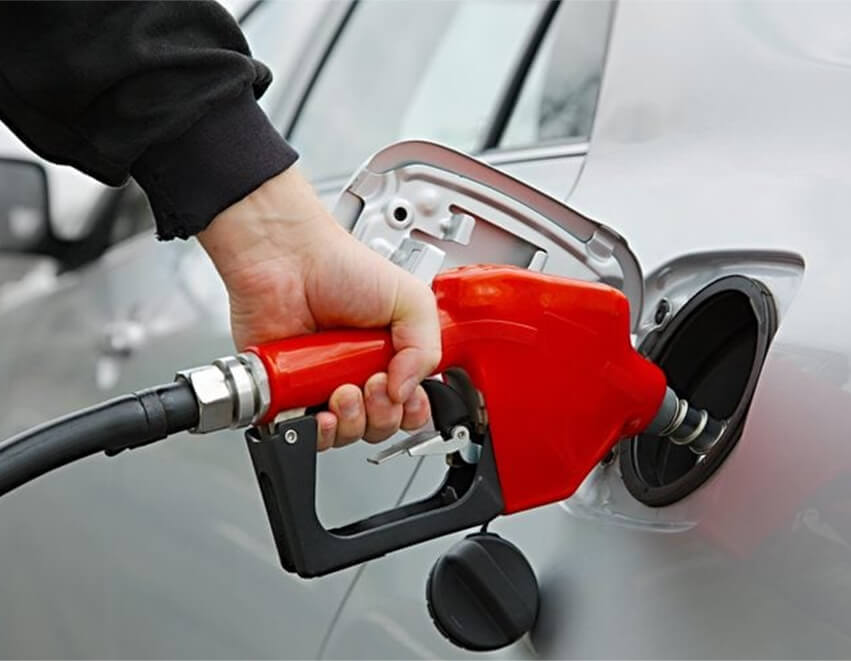You’ve been there – squeezing that gas pump nozzle, frantically trying to shove as much go-juice as possible into your thirsty tank before the meter races up another few bucks. But have you given much thought to those humble little nozzles actually doing all the hard work? In this article, we’ll explore the benefits of […]
You’ve been there – squeezing that gas pump nozzle, frantically trying to shove as much go-juice as possible into your thirsty tank before the meter races up another few bucks. But have you given much thought to those humble little nozzles actually doing all the hard work?
In this article, we’ll explore the benefits of regular fuel nozzle maintenance and how it can keep your engine running smoothly.
Each individual gas dispenser has its own powerful pumping unit integrated inside. This mighty little pump generates the vacuum pressure and flow that literally sucks the gasoline up from the cavernous underground storage tank far below. When you squeeze that nozzle handle, you’re simply activating this pumping mechanism to push that fuel through the hose and out the spout into your car’s tank.
Most of these forecourt pump motors operate around 40 PSI of positive pushing pressure. That may not sound like much, but it’s easy enough to shove that gasoline stream vertically upwards from the tank’s depth and propel it out to the nozzle at high speed for convenient refueling. These hard-working pumps are the real muscle making those fast fill-ups possible.
But that nozzle itself plays an equally vital role once the fuel reaches it. You see, beyond just controlling the on/off flow, the nozzle is precision engineered to atomize the incoming liquid gas into a fine vaporous mist. Those barely-visible-to-the-eye droplets provide the maximum surface area for optimum combustion once injected into the engine’s cylinders.
A properly maintained and functioning fuel nozzle delivers that finely atomized fuel mist at just the right pressure, volume, and spray pattern for your engine to operate at peak efficiency. The incoming air charge can mix and swirl with those vaporized droplets fully for complete, clean combustion – no energy-wasting gluts or pockets of unburnt fuel.
When nozzles get gunked up and worn out though, they can’t optimize that atomization and spray geometry anymore. You start getting bigger liquid droplets, improper flow volumes, and uneven spray patterns. That prevents the fuel from fully vaporizing, mixing, and burning as it should within the cylinder.
Over time, this inefficient combustion can wreak havoc throughout the engine:
In severe cases, an accumulation of neglected problems from faulty nozzles can even eventually lead to complete engine failure or the need for a full rebuild long before the nominal lifetime. All from a little lack of routine nozzle maintenance!
So how do you keep these fuel atomizing workhorses in good shape and your engine properly fed? Fortunately, with a little basic nozzle maintenance on the regular, it’s easy to prevent those issues from ever arising:
Start by using high quality “TOP TIER” detergent gasoline as much as possible. Those few extra cents per gallon give you a fuel stock packed with more active cleansing additives to inhibit deposit buildup and shed existing gunk with every tank. You’re providing a continuous light cleaning process with every fill-up.
Next, follow your manufacturer’s recommended intervals for dedicated fuel system services – usually once a year or every 10,000-15,000 miles. This typically involves having a technician pump a concentrated cleaning solution through the entire fuel delivery system to give everything a deep scrub.
You can also supplement your preventative routine by using a quality fuel injector cleaner additive every few thousand miles. These bottled solutions are formulated to further enhance the cleaning power of your gasoline and target those hard-to-reach nozzle areas for optimum flow.
Finally, most mechanics advise having your fuel injectors visually inspected during tune-ups or other underhood services. Catching any anomalies or excessive fouling early allows for easier correction before major issues develop.
Professional technicians will use specialized equipment to pressure flush the lines, rails, and each individual nozzle to scour away any accumulated debris and coking. More advanced shops even utilize ultrasonic cleaning tanks to basically power-wash each injector in a solvent bath until it emerges restored to like-new flow and spray pattern.
While you’re at it, have them inspect the condition of the nozzles themselves. The technician can use a borescope camera to look for excessive wear, grooves, or deformation on the spray plate and internal components that might necessitate replacement before they become a bigger problem.
Regularly changing out nozzles on a reasonable schedule prevents gradual deterioration from compounding over time. It’s a small price to pay for the immense benefits of keeping this often-overlooked component of your engine’s fuel delivery system in proper working order!
A modest investment in simple routine nozzle care adds up to major rewards in increased fuel economy, lower emissions, optimum performance, and ultimately, longevity for your engine’s hardworking internal parts.
The bottom line – whether it’s a quick pit stop for a tank of gas or maintaining the fuel system doing all that pumping and spraying, give those tiny nozzles the respect they deserve. Their tireless atomizing efforts behind the scenes are what keeps your car’s combustion cycles firing on all cylinders, mile after mile.
If you are looking for top-quality fuel nozzles, fuel hose reels, and fuel transfer tanks designed for both efficiency and durability, look no further than AOCHENG. Keep your operations running smoothly with AOCHENG’s innovative solutions. Upgrade your equipment today and experience the difference.




